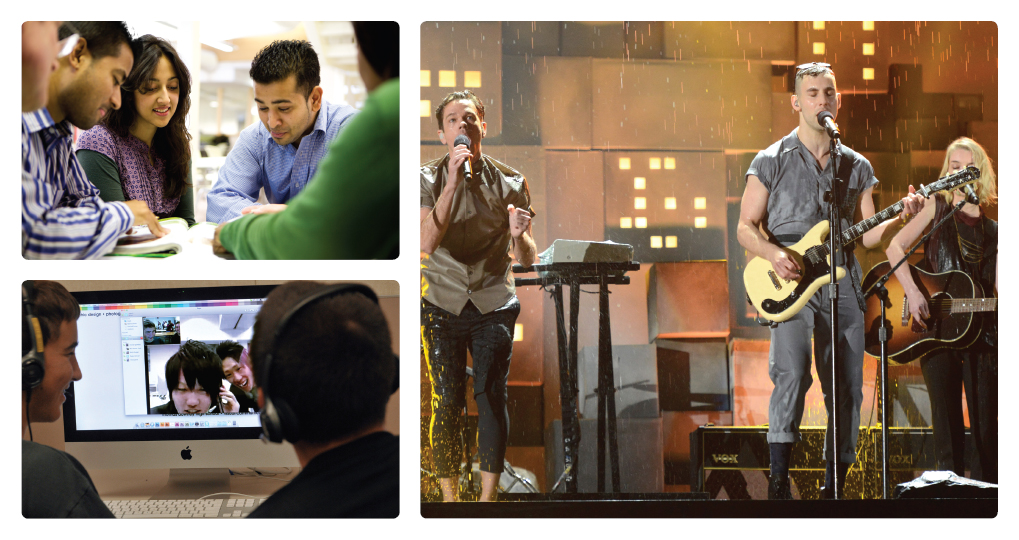Characteristics of Small Groups
A small group has four defining characteristics. First, it is made up of interdependent persons. This means each person’s behavior influences the entire group. If one person doesn’t follow through on an assigned job, the other members could fall behind schedule or fail to accomplish their shared goals. For example, planning a friend’s bridal shower requires coordinating various responsibilities. One person forgetting to order the cake causes a problem for the whole group.
TYPES OF SMALL GROUPS

Second, small groups have at least three people. After that, scholars disagree about when a group is no longer considered “small.” For example, communication scholar Thomas Socha (1997) suggests that a small group is 3–15 people. In practice, however, the upper limit on the number of people in a small group depends on how the communication changes as the group gets larger. Imagine that 30 people will be attending a bridal shower. It would be very hard—even messy—to involve all 30 attendees in planning the event. Instead, you’d want to have a smaller group take over the effort, then share the plan with the other attendees. For the purposes of this book, we will say that a group must be small enough to allow all members to have input in coordinating its activities (Socha, 1997).
Third, members of a small group share a common identity—they see themselves as a group. This makes small groups different from a random assortment of people—say, seven strangers standing together and chatting while waiting to cross a street. After being together for a while, small groups develop rituals, inside jokes, and stories that further strengthen their identity. A friend planning the bridal shower might say, “I spoke to Mr. Spandex today about the menu, and he said . . . ,” evoking laughter from other group members who share knowledge of the food caterer’s fondness for wearing spandex. As a group develops, its common identity gives members a strong sense of belonging and pride. Dwight Conquergood’s (1994) studies of urban gang life in Chicago—discussed in Chapter 2—found that gang graffiti, hand signs, dress, and manner of speech all maintain gang identity. Similarly, a small group will have unique verbal and nonverbal codes that reflect its common identity.
Finally, members in a small group communicate to achieve common goals. Suppose a handful of friends are waiting for a yoga class to start. If they’re communicating to pass the time (“How’s your week going?”), they’re not a small group. But once they decide to plan the bridal shower together, they’ve created a common purpose and would be considered a small group.
Today, technology makes it increasingly likely that you will work in a team that rarely or never meets in person. A team of three or more people who communicate primarily through technology to achieve common goals is known as a virtual small group. This could include working with classmates on a project for an online course or planning a vacation with family members who reside in different states or countries.
Two additional characteristics are unique to virtual small groups. First, team members are separated by physical distance; in some cases, they may be on entirely different continents (Bell & Kozlowski, 2002). Second, virtual small groups rely mainly on technology to manage information, data, and personal communications (Bell & Kozlowski, 2002). If you primarily use discussion boards and Wikis to develop a course project with a few classmates and meet only occasionally in person, you’re in a virtual small group.